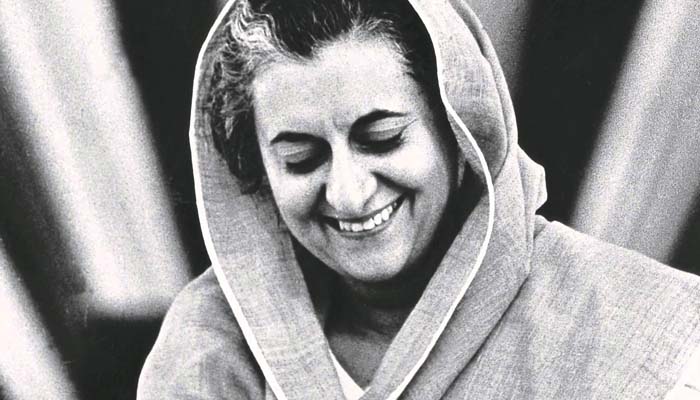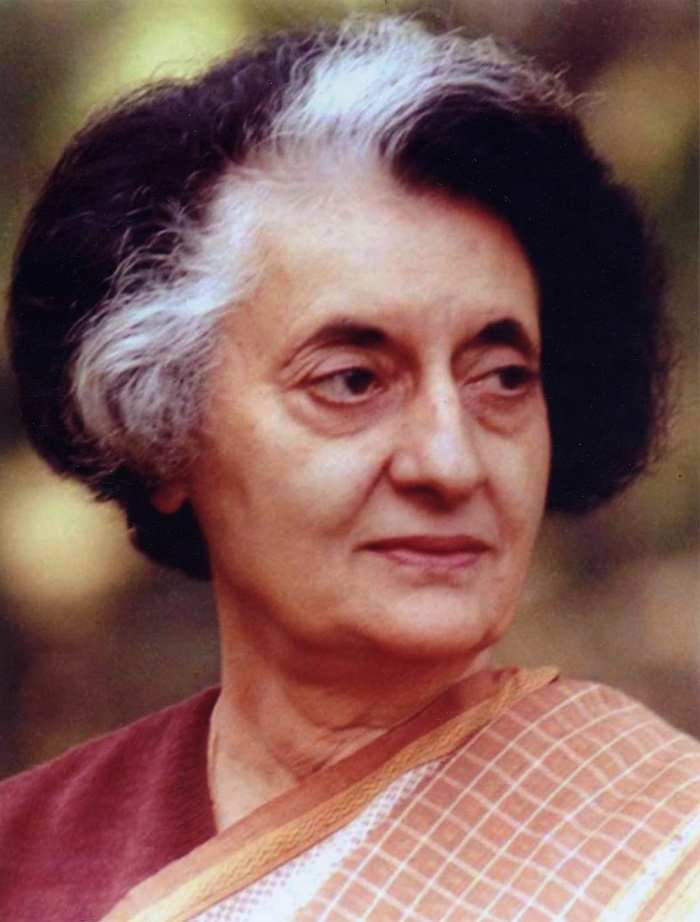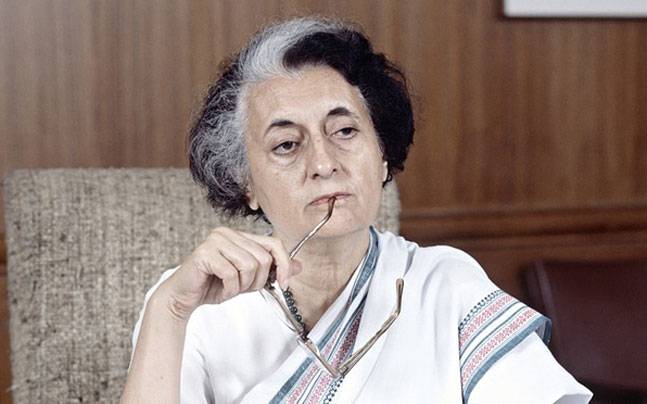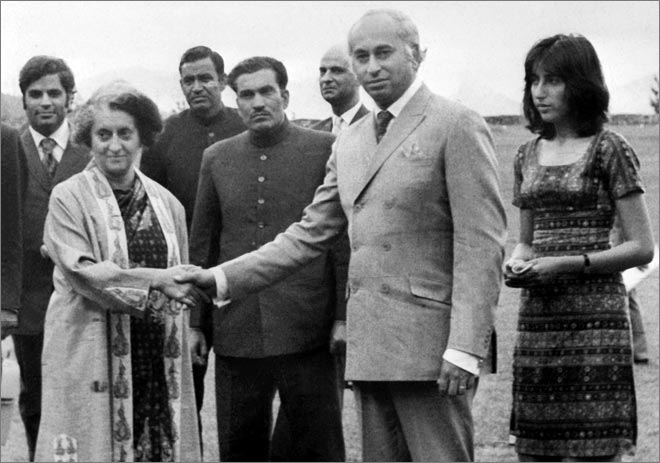
Most people remember Indira Gandhi as the political Virago who decimated the syndicate, defeated Pakistan, stood up to America, appointed chief ministers at will, damaged institutions and imposed the Emergency.
The private Indira Gandhi was surprisingly different
Today, when many believe that Narendra Modi’s strengths and weaknesses bear resemblance to those of Indira Gandhi, it’s worth recalling how different her public persona was to the private individual.
This is why she can, with accuracy, be thought of as a political monster but also a delightful personality. It’s possible this could be true of our present prime minister.
Indira Gandhi was born on November 19, 1917, in Allahabad, India. The lone child of Jawaharlal Nehru, India’s first prime minister, she ascended to the position after his death in the mid-1960s.

A stubborn and highly intelligent young woman, she attended schools in India, Switzerland and England, including Somerville College, Oxford.
With her father among the leaders of the Indian independence movement, Gandhi weathered his absences when he was imprisoned. Additionally, she endured the loss of her mother to tuberculosis in 1936. She found comfort with a family friend, Feroze Gandhi, but their relationship was a controversial one due to his Parsi heritage. Eventually, the couple earned Nehru’s approval, and they married in 1942.
Gandhi joined the Congress Party’s working committee in 1955, and four years later she was elected the party’s president. Following the death of her father in 1964, she was appointed to Rajya Sabha, the upper level of Indian parliament, and was named the minister of information and broadcasting. When her father’s successor, Lal Bahadur Shastri, died abruptly in 1966, she took over the post of prime minister.

Gandhi surprised her father’s old colleagues with her resilience. In 1969, after she acted unilaterally to nationalize the country’s banks, Congress Party elders sought to oust her from her role. Instead, Gandhi rallied a new faction of the party with her populist stance and cemented her hold on power with a decisive parliamentary victory in 1971.
India was drawn into a bloody conflict between East and West Pakistan, with some 10 million Pakistanis seeking refuge in India. Following the surrender of Pakistani forces in December, Gandhi invited Pakistani President Zulfikar Ali Bhutto to the city of Simla for a summit.
The two leaders signed the Simla Agreement, agreeing to resolve territorial disputes in a peaceful fashion and paving the way for recognition of the independent nation of Bangladesh.

During the early 1980s, Gandhi faced increasing pressure from secessionist factions, particularly from Sikhs in Punjab. In 1984, she ordered the Indian army to confront Sikh separatists at their sacred Golden Temple in Amritsar, resulting in several hundred reported casualties, with others estimating the human toll to be significantly higher.
On October 31, 1984, Gandhi was shot and killed by two of her bodyguards, both Sikhs, in retribution for the attack at the Golden Temple.
The prime minister led her country into the nuclear age with the detonation of an underground device in 1974.

Post Your Comments